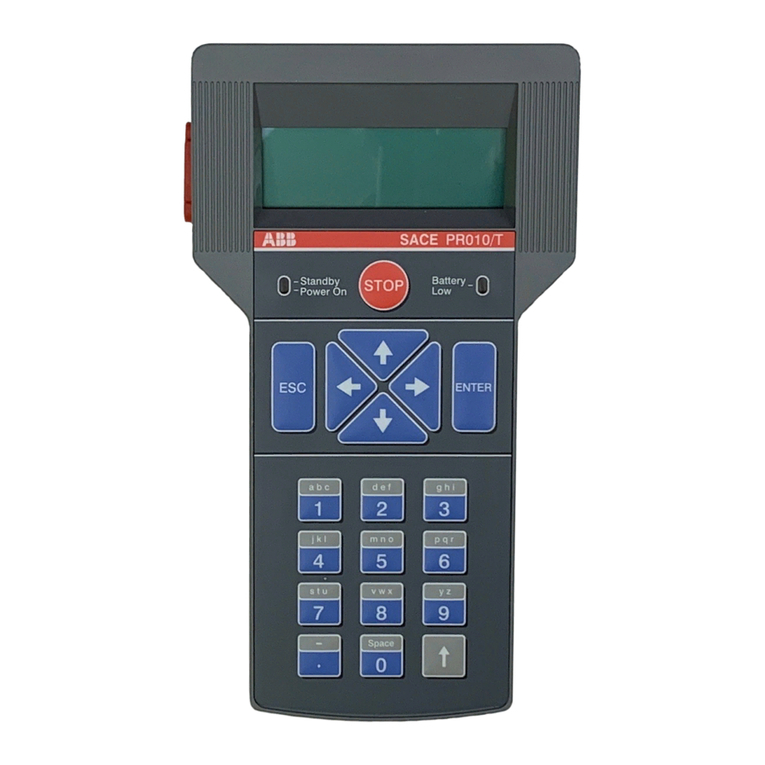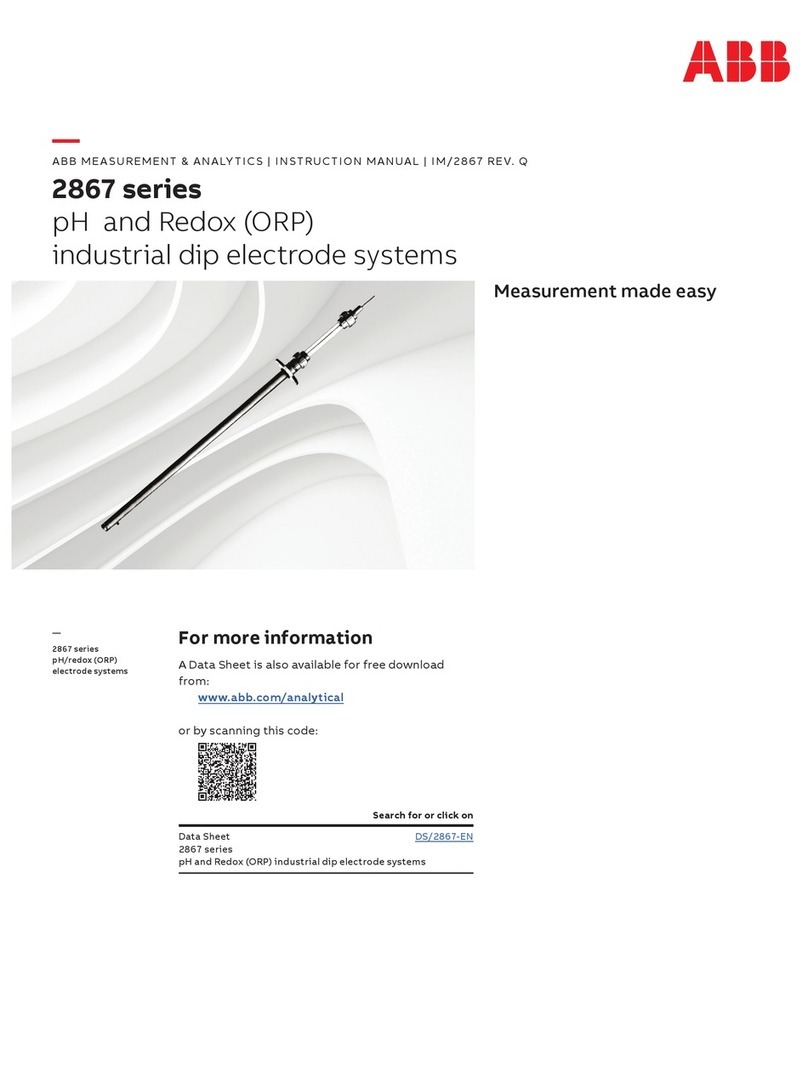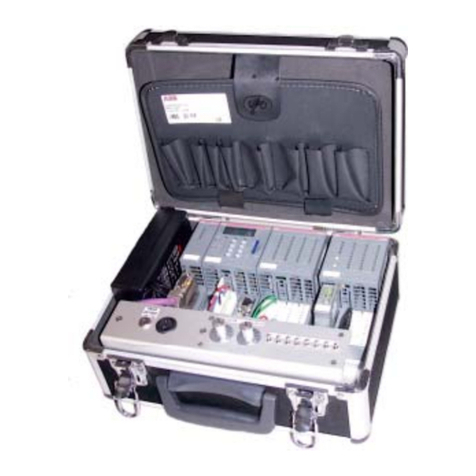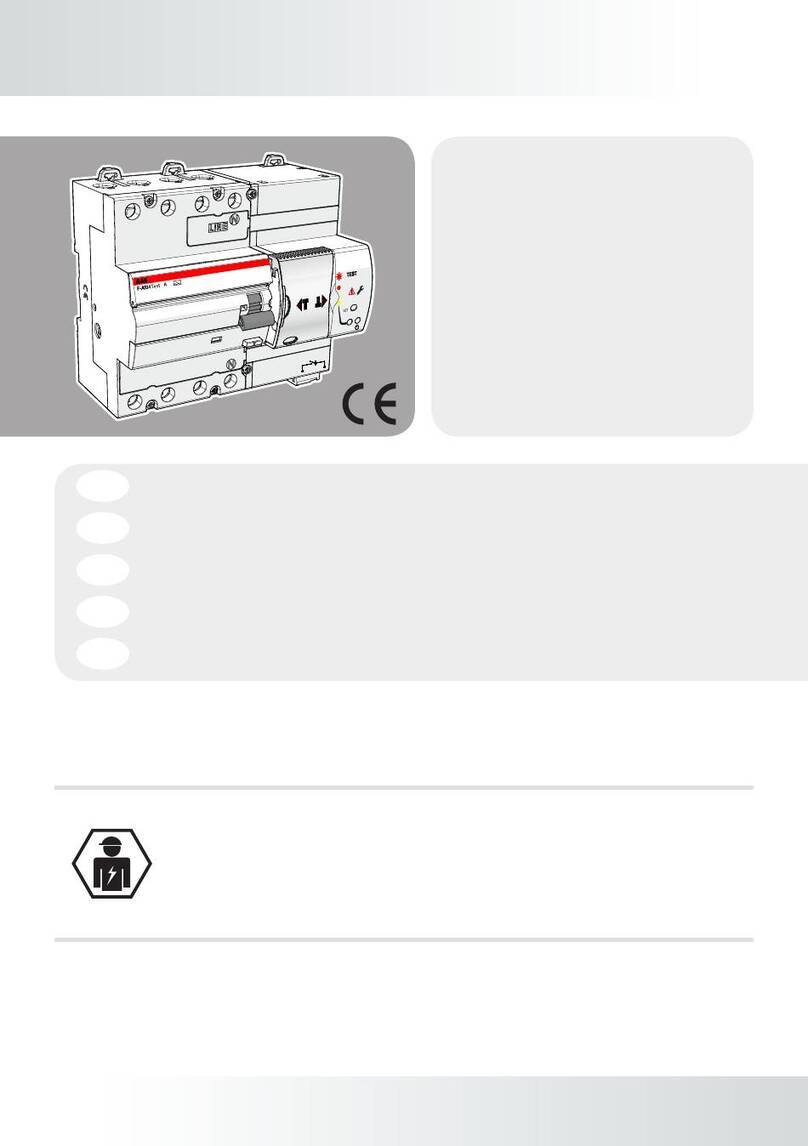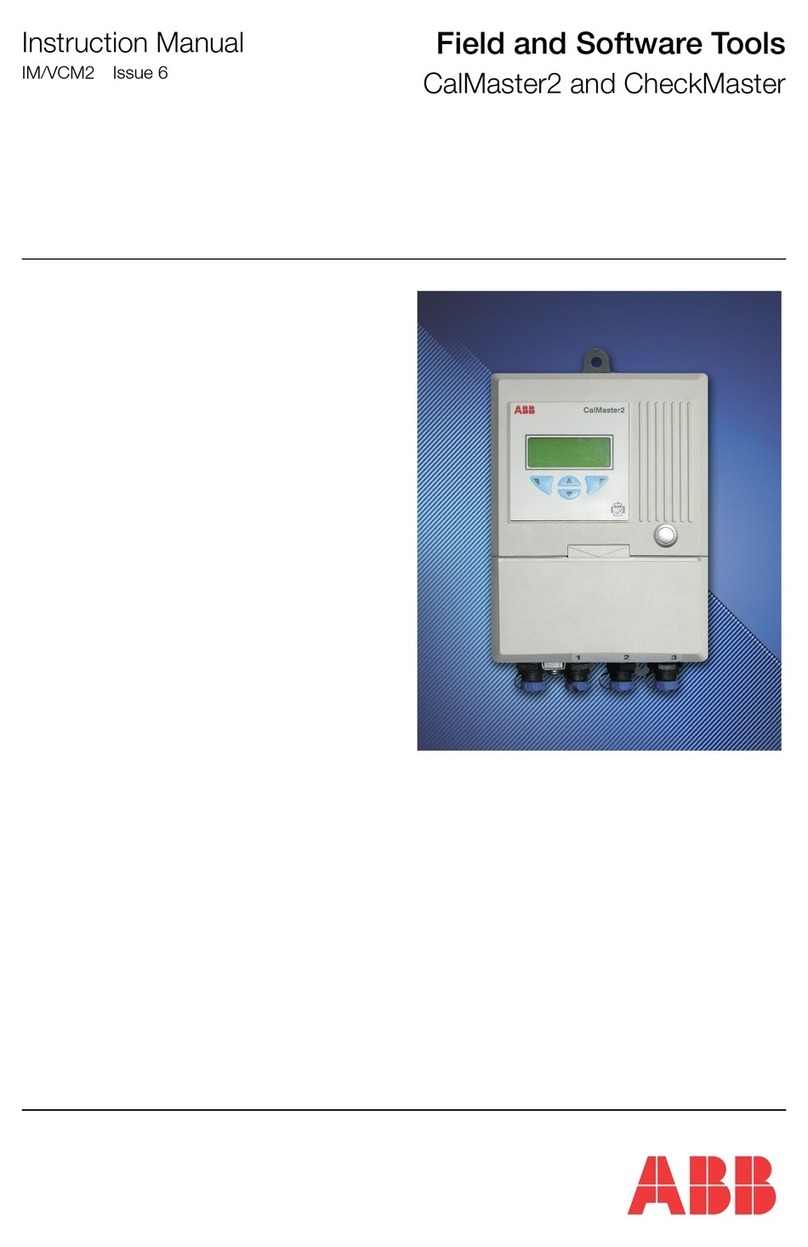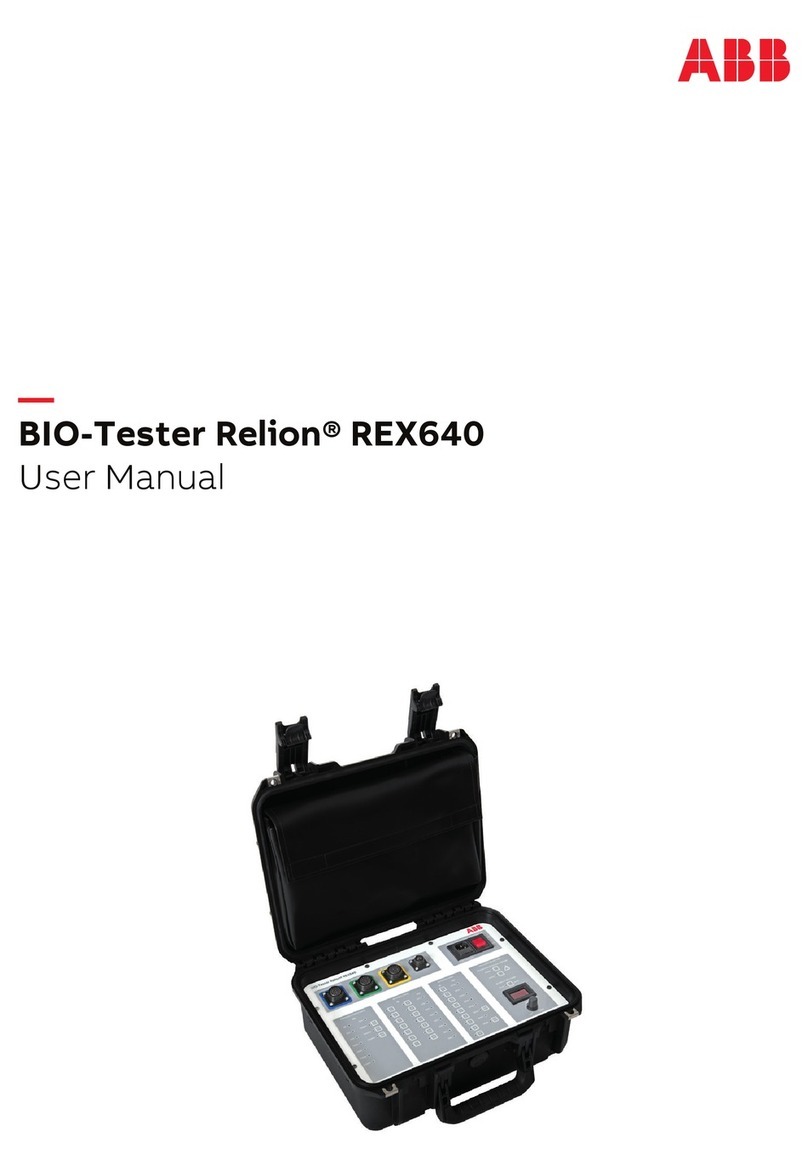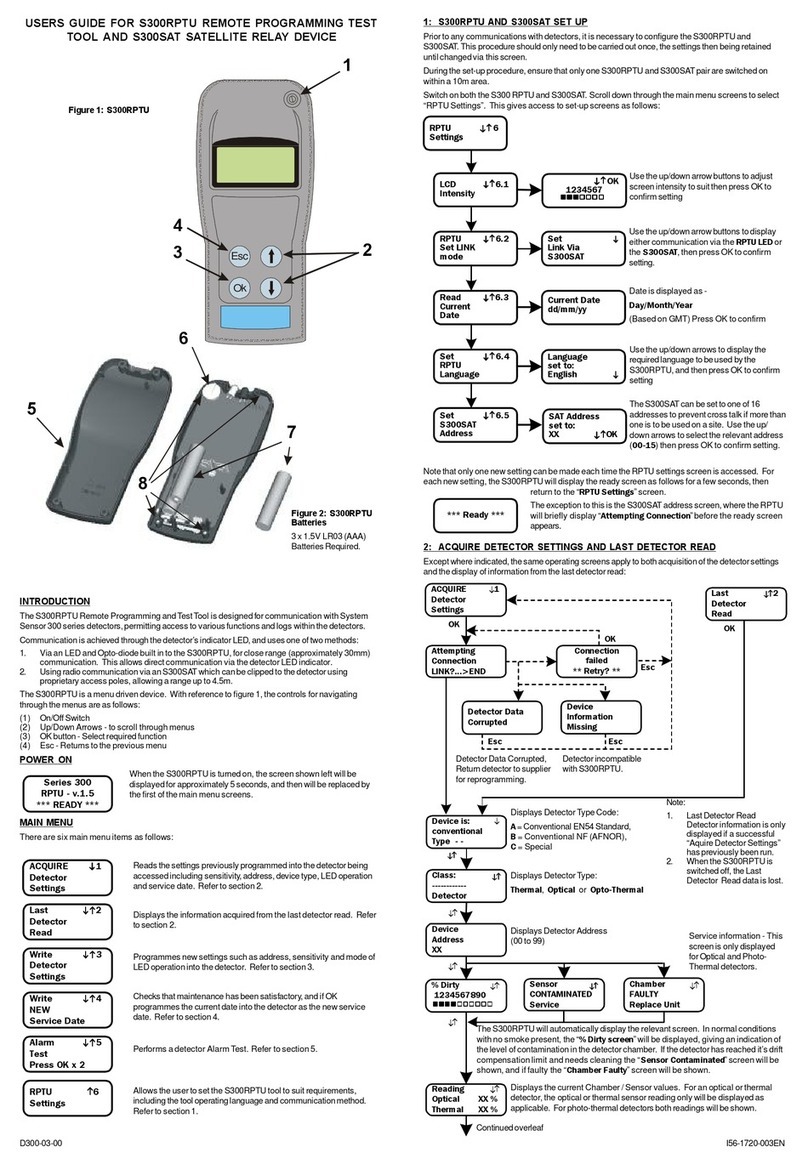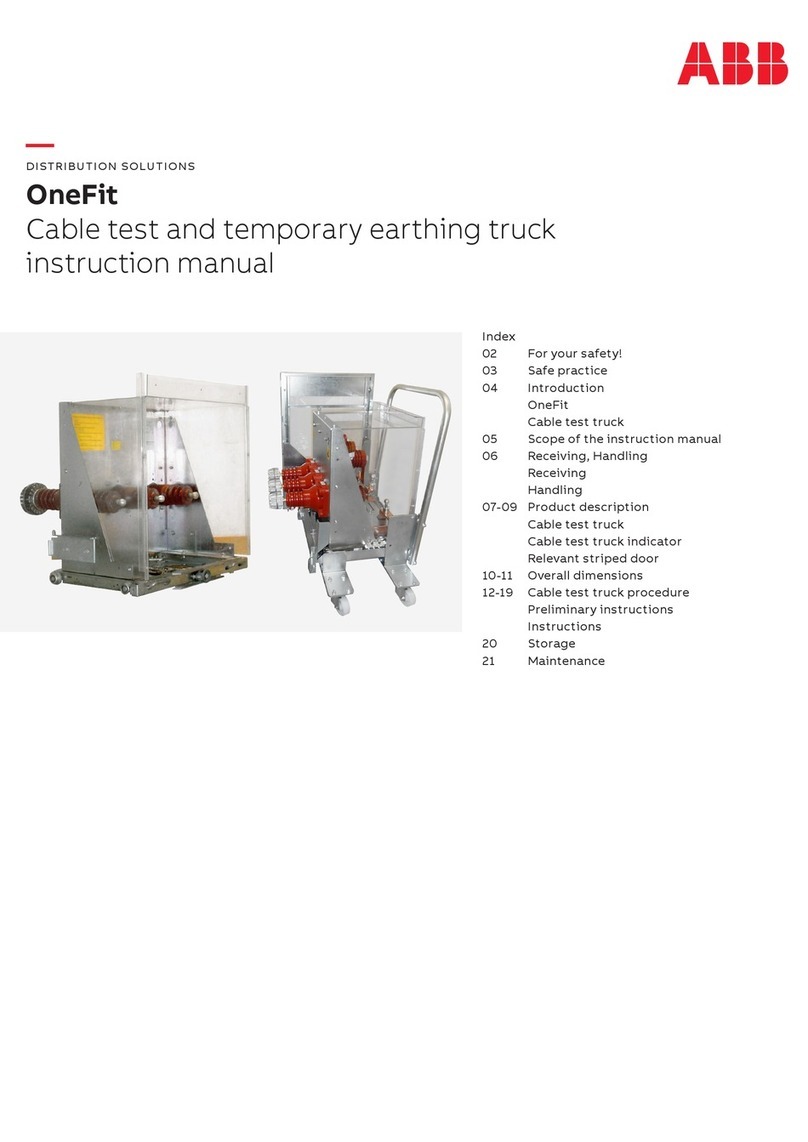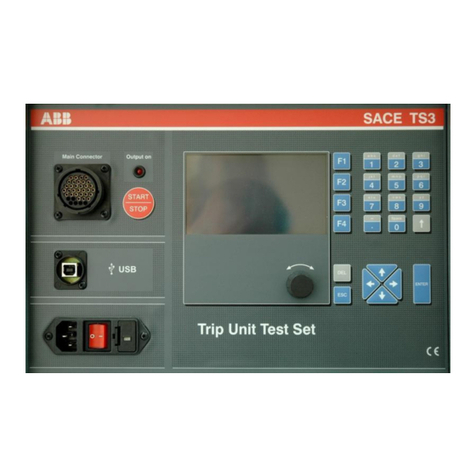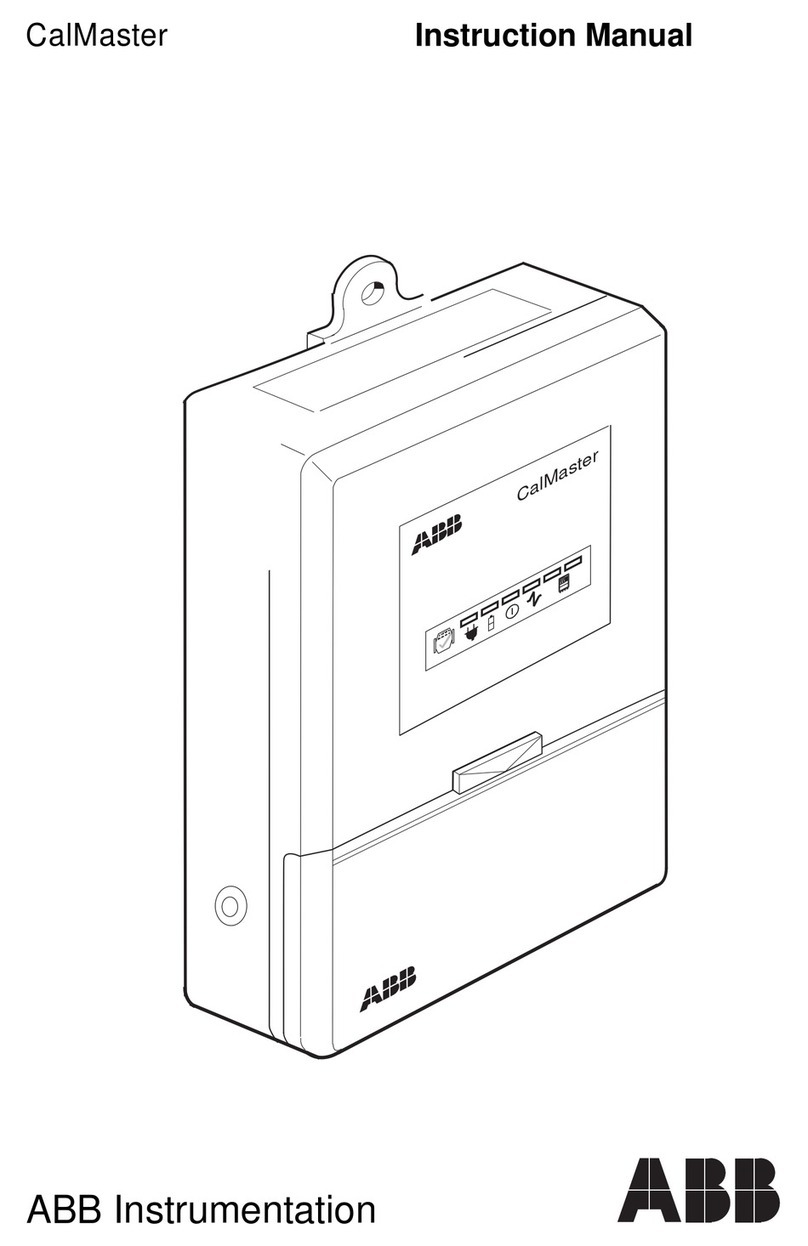
BullsEye®7
TABLE OF CONTENTS
Page
505 942-102 3
1 Introduction ................................................................................................................. 5
1.1 How to use this Manual ..................................................................................... 5
1.2 What you must know before you use the Robot................................................ 5
2 Technical Specification................................................................................................ 7
2.1 Unit Specifications............................................................................................. 7
2.2 Physical Dimensions.......................................................................................... 7
3 Product Description .................................................................................................... 9
3.1 Tool Center Point (TCP) .................................................................................... 9
3.2 Theory of Operation........................................................................................... 10
3.3 BullsEye® Advantages..................................................................................... 11
4 BullsEye® Installation ................................................................................................ 13
4.1 Mechanical Installation...................................................................................... 13
4.2 Electrical Installation ......................................................................................... 14
4.3 Software Installation .......................................................................................... 16
5 Operation ..................................................................................................................... 25
5.1 Basic Operation.................................................................................................. 25
6 Advanced Setup Information ..................................................................................... 29
6.1 Global routines in the BullsEye.sys module:..................................................... 29
7 User’s Guide................................................................................................................. 33
7.1 Program execution ............................................................................................. 33
7.2 Fault management.............................................................................................. 33
8 Maintenance................................................................................................................. 39
9 Reservdelsförteckning/Spare parts list...................................................................... 41












